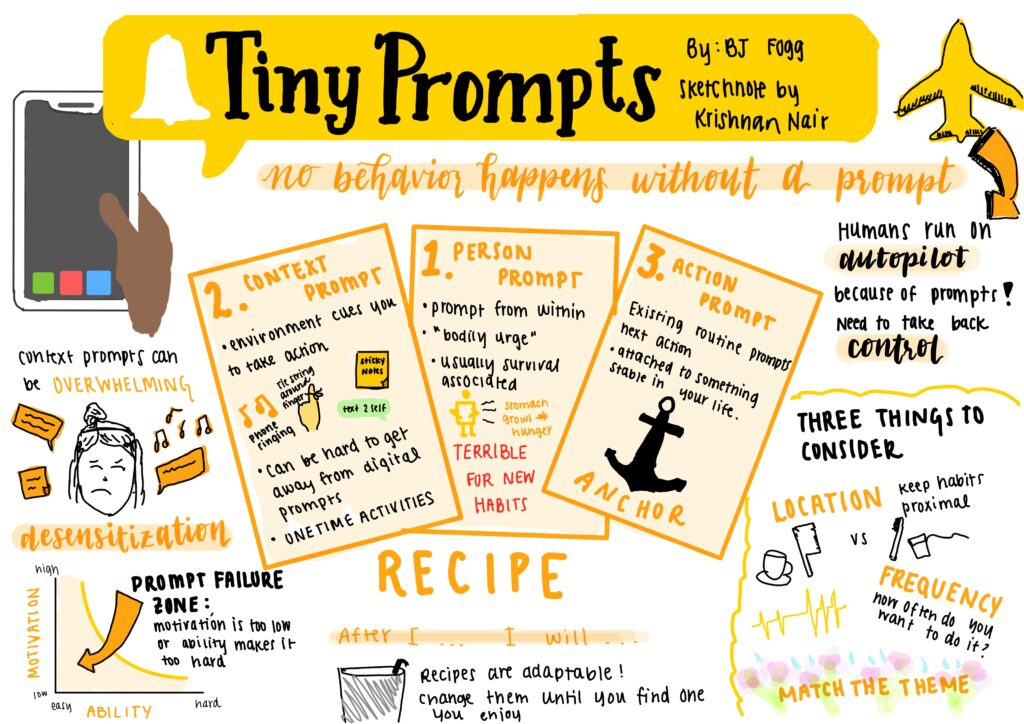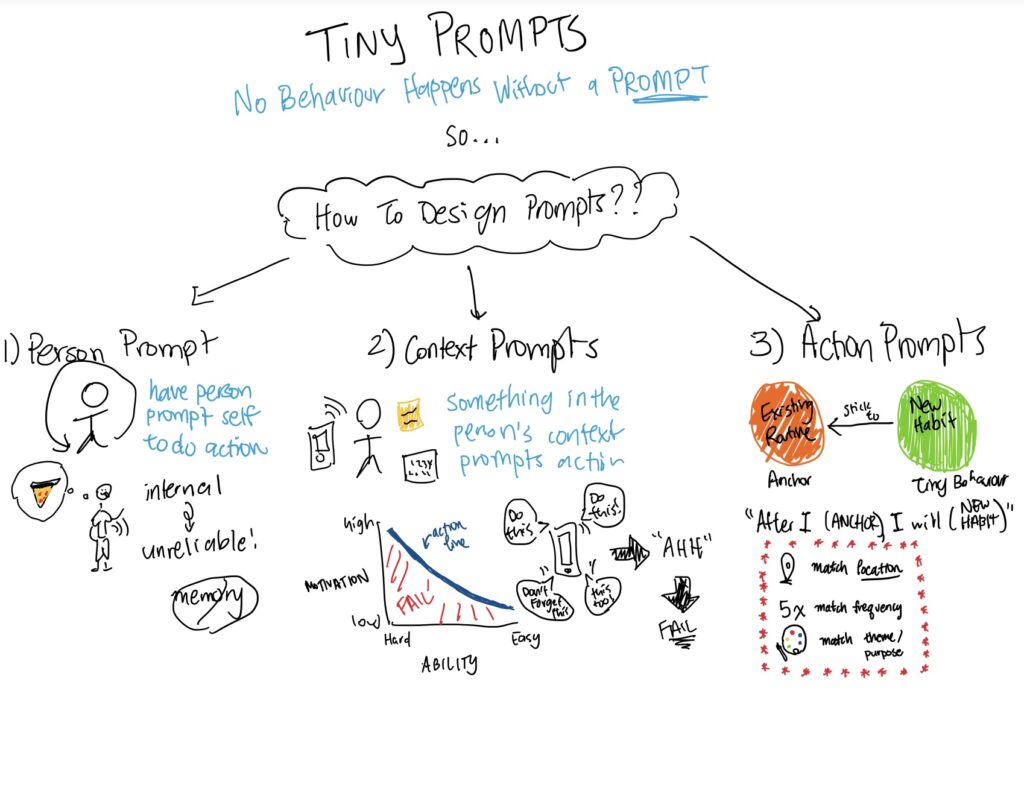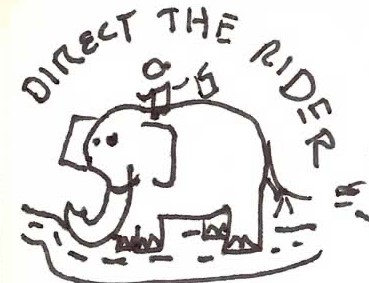Midpoint Write Up PDF – Use this PDF link to see high res photos.
1. Problem Domain & Motivation
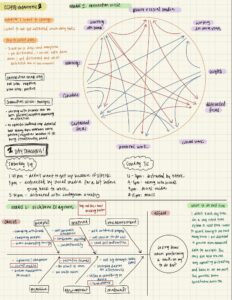
Problem Domain: Distractions are a huge issue today, hindering many people from completing their tasks on time and remain focused while doing so. From the connection circle above, losing concentration can come from a variety of things and even though some things contributes positively to your focus, in other situations, it can be more distracting. For example, friends. Thus, the issue with concentration is often hard to pinpoint and assessed due to constantly changing human state. We are motivated as college students to tackle this issue as distractions are pertinent in our everyday lives
2. Baseline Study
To select our participants, we sent out a screener to filter out people we wanted to follow up in our baseline study. We targeted folks who were college students that had a hard time focusing when doing work–academic or personal–and may or may not have implemented steps to help focus on the concentration. From our pre-interview script, we mainly focused on what the distractions were and if the participant did anything to aid or eliminate these distractions. The reason why we found this particular data to be useful is we can see the breadth of inhibitors people can encounter, the diverse solutions attempted, and how they felt about the potential solution–whether or not it succeeded. Therefore, we asked our participants to fill out a google form at the end of each day for our diary study–five days in a row. We tracked screen time, top five apps used, notifications, and the amount of progress made toward the work for the day. This data allows us to see what are the main factors that prohibit productivity–social media, friends, games, etc.
3. Comparative Research/Analysis
Some main competitors in the distraction market are Cold Turkey, a total block on everything and Forest, a pomodoro-based app. These two styles of app are the most common approaches when dealing with outside factors to derail mental flow.
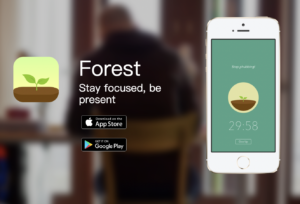

Cold Turkey excels in a total block for users who need that extra push to get things rolling. Forest on the other hand leaves the control to the user by block-style concentration. They also use what we consider, benevolent manipulation, to force users to stay concentrated. You leave the app open as you study and after the study period, a tree will grow. But beware, if you leave the app for any reason, the tree automatically withers. These two attributes are important to our project because they provide two very strong examples of user control–whether they have the autonomy to dictate their concentration.
Autonomy is a potential weakness in both. For Cold Turkey, completely blocking off might force users to actually work, but not by their own willpower. Forest does give more autonomy to the user in that regard, but users could also not care about the withered trees in their collection. Choices that are too strict don’t build willpower and choices that are too flimsy are too free.

4. Literature Review
Some of the relevant literature that aided in the creation of the intervention idea include:
- “How to reduce smartphone distraction at work and home” provided valuable insight on how to decrease mindless smartphone usage through stringent usage settings, scheduled focus usage, and learning about usage patterns.
- “Attention or Distraction? The impact of Mobile Phones on Users” helped to highlight the negative effects of smartphone distraction and suggested that attention control could curb cognitive emotional preoccupation and increase mental health overall.
- “The Mere Presence of a Cell Phone may be distracting” assisted by showing the negative impact that the presence of a mobile device has on attention and cognitive performance.
When designing the study, we aimed to prevent smartphone distraction by intervening at the moment when users are most likely to get distracted by analyzing their screen-time patterns as discussed in the first literature review. We also provided two methods to promote focus and productivity: a competition with friends and timing how long one can stay focused, which we brainstormed after our first round of user feedback and reviewing literature review #2.
5. Personas & Journey Maps
Some key themes that are common throughout the personas and journey maps include:
- Struggling with procrastination and distraction: Dylan, April and Beverly all have distractions stemming from social media and other online platforms.
- Time management: Both Dylan and Kento are concerned with how they can better manage their time order to meet their goals.
- Mental Health: April struggles with mental health issues, which can make it difficult to stay motivated and productive.
- Habits: All personas have habits that result in increased phone time, which can lead to more significant consequences like financial and mental health problems.
After analyzing the personas and journey maps, we highlighted the following elements to keep in mind for drafting our intervention study:
- Time management strategies (goal setting and deadlines, prioritizing tasks, time-blocking).
- Digital detoxification (enforcing limits on social media).
- Mindfulness practices (deep breathing, mediation, yoga, etc) to manage anxiety.
- Social Agency (peer pressure to do the right thing) by having public tasks.
Ultimately we believe that to understand our users behaviors, we first need to know their screen time patterns. So we decided that we would analyze screen time usage to predict moments before a user typically gets distracted to intervene with a nudge to continue working on a task instead.
6. Intervention/Product Ideation
Our intervention study consists of two different methods which is either the user doing a focus competition with a friend, or timing how long they are able to stay focused and productive for. Throughout the process so far, we noticed that people are distracted by their phone most often right before beginning a work period. We found this to be the case for a number of different reasons such as people procrastinating because they will have enough time to complete their work, or feeling overwhelmed and trying to take a quick break before beginning all of their work. With this information, we decided to try to intervene at this moment and prevent them from getting distracted.
The idea of the competition with a friend is to have the user study or do work with a friend and see which person can last longer without picking up and going on their phone. The idea is that the aspect of competition will encourage people to stay focused longer and get in the habit of completing their work without getting distracted at any point in the process. We decided to add the other option of timing if someone doesn’t like working with others but it still allows for the competition aspect, it’s just against themselves.
Here is a link to our previous blog post to see all of the intervention ideas that were deliberated: https://highercommonsense.com/cs247b/synthesis-proto-personas-journey-maps-and-intervention-idea-team-7/
7. Intervention Study
We created a google form that we had participants fill out every day. The google form was simple with 4 questions:
- Which intervention did you do? (time focus or friendly competition)
- How long did you stay focused for?
- How did the intervention help in keeping you focused?
- Why did/didn’t it work?
We selected a few participants who were in our baseline study as well as had a couple participants who were completely new. We wanted to use participants who had issues staying focused or who already studied with friends.
For the participants who did the competition based focus protocol, they usually made wagers when they were competing against each other. They would bet money, a jamba juice order, or anything else that’s low stakes they could afford. They said it worked super well and it was fascinating that they added that unique twist to it without us even asking that.
For the participants who did the time based focus protocol, we found that they too also had heightened focus. They reported being more aware of how they were spending their time and what things were distracting them.
In terms of time spent focused, participants in the competition category spent on average 42.5 minutes studying, while the other group spent on average 77.5 minutes studying. The medians of the groups were identical with 52.5 minutes of focus.
I think from the data we can conclude that both have their benefits and are probably more or less equally reasonable for keeping a person focused. Competition allows for fun wagers with friends and timing yourself allows for you to better track what pulls you away from work.
I think what would be beneficial from this study is running it for a month or several months to see which one is easier to sustain.
8. Storyboard & Stories
The primary goal of the product in the user’s life is to help manage phone usage and increase productivity. By providing nudges and alerts, we aim to divert users attention back to focusing on tasks at hand and break free from the endless cycle of procrastination.
Some interesting highlights in how our product helped shape user behavior in the storyboards include:
- Dylan: The nudge that reminds Dylan to start work and take a break if needed.
- Kento: The negative impact from not using our product and the glorious rewards if a user does use our product.
- Beverly: The nudge that kept her from ruining her financials and on track to submitting her homework.
9. Current Direction
Ideally we would like to run the intervention study for 2-3 months to test the efficacy of the experiment, but unfortunately the shortened timeline of the class prevents this. So, instead we will focus on developing a working prototype that tracks users focused time and allows them to compare their stats with goals and other friends and daily. We also need to continue to research privacy concerns due to screen time behavior access.

